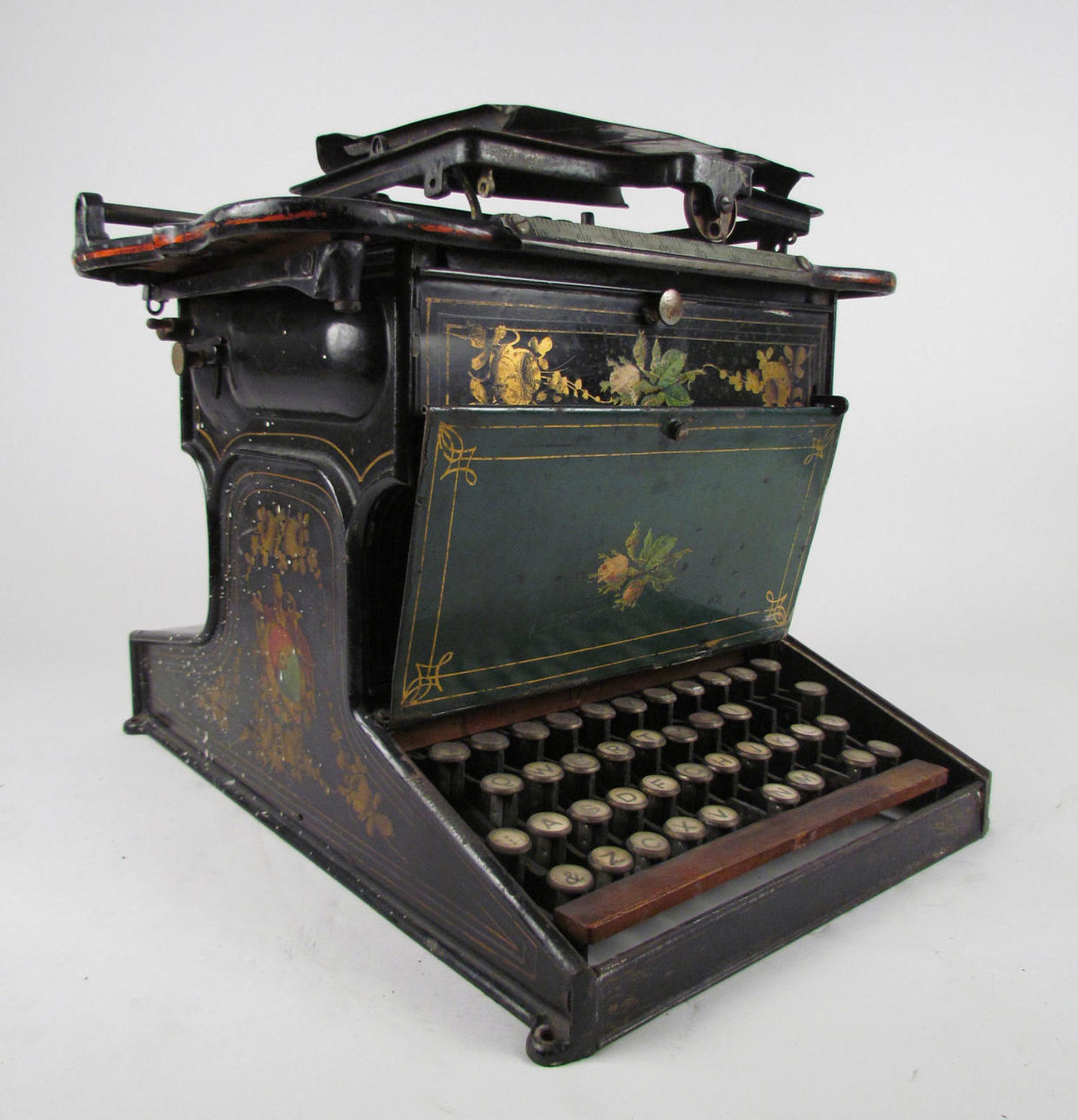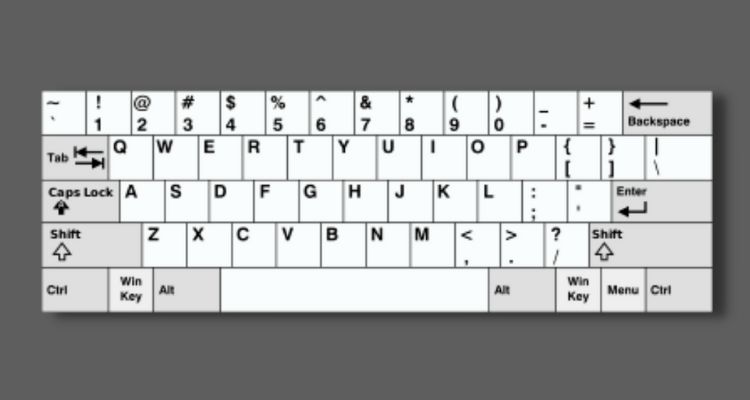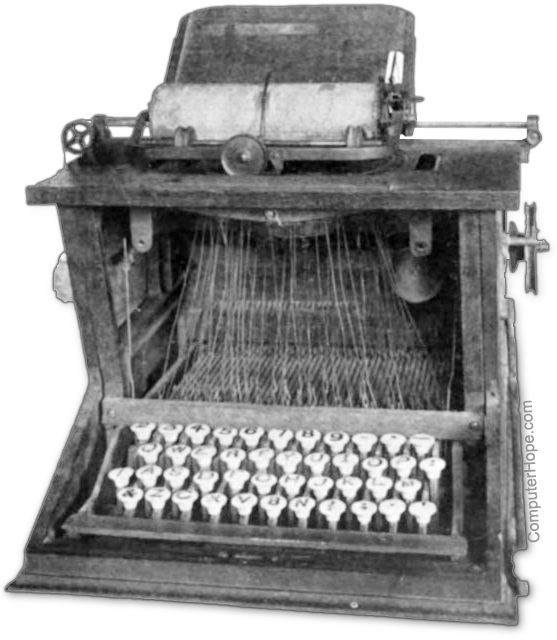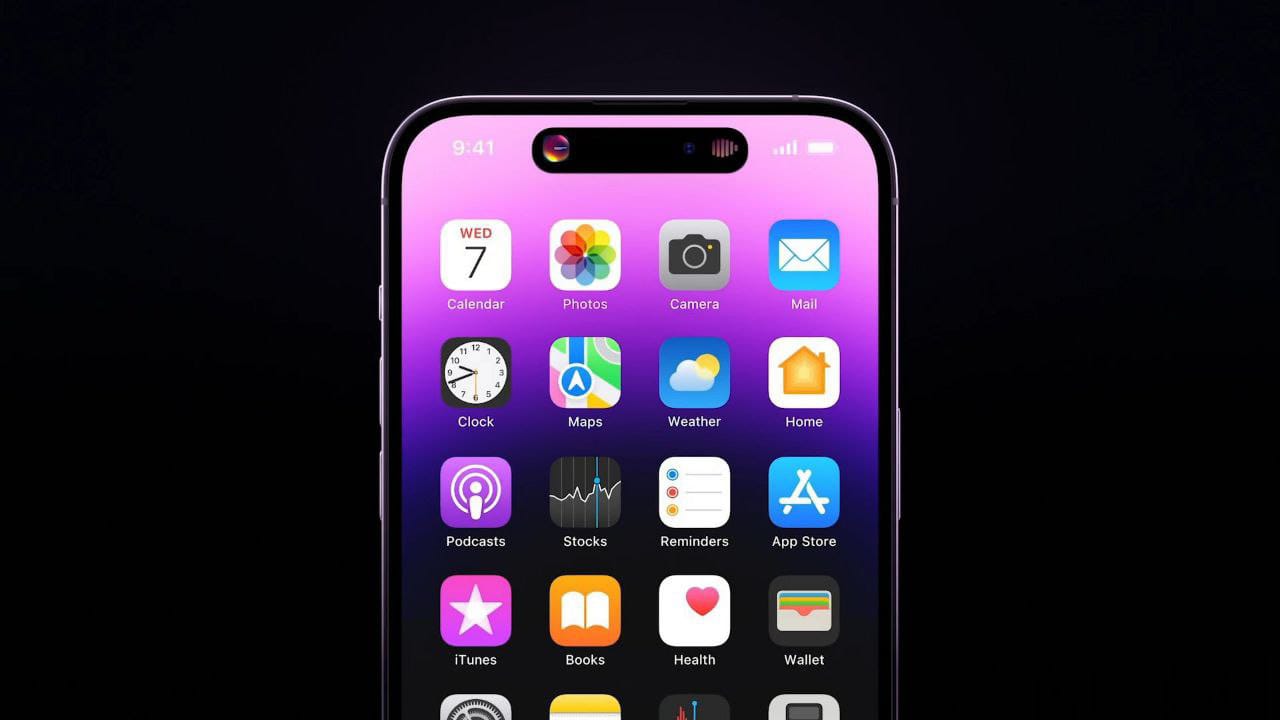I belong to a generation that saw a mobile phone with 1″ screen. Then came non-touch screens up to 3″, touch-and-type mobiles, full screen 5″ smartphones, and now we are witnessing the trend of foldable smartphones.
My only concern when moving to a full-screen smartphone was whether or not I’d be comfortable using an on-screen keyboard after using physical keys for half a decade.
It turns out I was worrying about nothing as the on-screen keyboard follows the same essential pattern as the physical ones – QWERTY.
Smartphones, even desktop and laptop keyboards, have a QWERTY layout.
My research revealed exciting stuff that you’d be surprised to know.
There’s a massive difference between a physical keyboard and an on-screen keyboard regarding form factors.
You can change how your on-screen keyboard looks tweak what punctuation pops up at a keystroke, but these rules don’t apply to a physical keyboard.
This all got me thinking – why is the keyboard QWERTY and who invented it?
Who invented the keyboard?
The story goes back to 1874 when Remington & Sons created the first-ever commercial typewriter, the Remington Number 1.

It was a brainchild of the amateur inventor, newspaper publisher, and Wisconsin politician Christopher Latham Sholes developed with Carlos Glidden, James Densmore, and Samuel W. Soulé.
This premature typewriter utilized a mechanism with characters on the end of a bar. So, when the keys struck, a linkage would swing the bar into a tape coated with ink, and when the character hit the tape, the impression of the character was transferred onto the paper, which was positioned behind the tape.
As mentioned before, it wasn’t all perfect. This prototype had issues with the bars jamming and colliding with each other. He arranged the key with the most random and common letters that were hard to reach – hence the name ‘QWERTY’ for its layout.
The problem was avoided by slowing down typists.
The assumption
However, many believe this “story” to be an assumption.
According to a well-known theory, Sholes redesigned the keyboard due to the mechanical failings of the early typewriters, as they were a tad bit different from the ones seen in flea markets and thrift stores.
You see, the typebars that connected the key and the letter plate hung in a cycle located below the paper. So, the delicate machinery would get jammed when a typist quickly typed a succession of letters whose typebars were near each other.
Sholes redesigned the key that separated the most common letters like “the” or “he.” But the QWERTY system should then accelerate the separation of common letter pairings.
The truth
The theory is a myth for the apparent and straightforward reason that “er” is the fourth most common letter pairing in the English language.
Despite that, one of the typewriter prototypes had a somewhat different keyboard that was only tweaked at the last minute. If it had been put into production, this article would have been about the ‘QWE.TY’ keyboard.
Jimmy Stamp from Smithsonian has clear evidence from the Japanese researchers that the QWERTY keyboard did not spring fully formed from Christopher Sholes. He is the first person to file a typewriter patent with the layout.
Instead, it was formed over time as telegraph operators used the machines to transcribe Morse code. The layout was often changed from the early alphabetical arrangement before the final configuration, ‘QWERTY,’ came into being.
The QWERTY Keyboard Business Model
When Christopher Sholes, Carlos Glidden, James Densmore, Samuel Willard Soulé shipped out their first 28 key piano style keyboard-like typewriter to Porter’s Telegraph College in Chicago, they primarily transcribed telegraph messages.
In April 1870, Matthias Schwalbach assisted Sholes in designing a new typewriter with 38 keys. It consisted of 2 to 9 numerals, capitals, periods, commas, hyphens, and question marks.
If one goes by the typewritten letters and patents of Sholes, the keyboard was made up of four rows in alphabetical order, but the ‘u’ key was next to the ‘o’ key.
Even so, it wouldn’t be until a few versions came close to today’s QWERTY keyboard layout.
The Sholes 28 key piano-style keyboard-like typewriter.
Some of the most well-known theory suggests that the inventors designed the QWERTY keyboard system to stave off the mechanical lock-up of the strikers due to the close succession of adjoining, often-used keys that were high on the Bigram Frequency of usage.
The keys were set in motion by the type bar that connected the keys and the letter plate, which formed a circle beneath the paper feed system.
It is crucial to differentiate between the typewriter’s keyboard rows and the typebars, and there were only two rows of typebars in Christopher Shole’s design.
FAQs
Who invented the QWERTY keyboard?
Remington & Sons invented the first commercial typewriter in 1874, known as the Remington Number 1. Christopher Latham Sholes then implemented the QWERTY keyboard on it.
Why is the keyboard QWERTY and not ABC?
When manual typewriters were in fashion, the keys were arranged alphabetically, but the mechanical character arms entangled when typists typed fast. So, the keys were positioned randomly to prevent key jams by slowing down typing.
Is Dvorak better than QWERTY?
The Dvorak layout is more ergonomic, but typists say that when it comes to speed, both QWERTY and Dvorak layouts are speedy.
What keyboard was used before QWERTY?
The initial typewriter used a mechanism with characters placed at the bar’s end region. The keystroke would swing the bar into an ink-coated tape, and the characters’ impression was then applied to the paper, positioned behind the tape.
Conclusion
It was pretty interesting to know why the keyboard layout is QWERTY.
We type on many devices – smartphones, laptops, desktops, tablets, Smart TV screens, and all have QWERTY as the default layout.
QWERTY is by now a default layout on 99.9% of devices.
No one knows when the design will change, but definitely not shortly as billions across the globe are used to it.
Even though many debates about the real purpose behind the QWERTY layout, it wasn’t arbitrary or silly. Many saw it as complicated, evolutionary, and sensible for those who operated Morse code.






